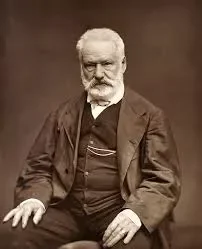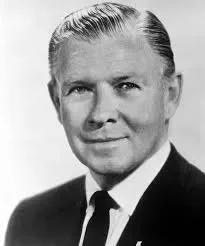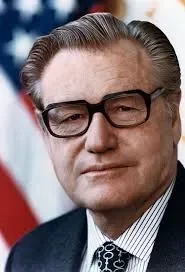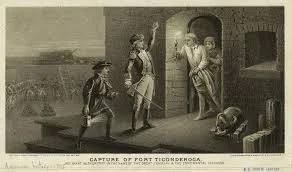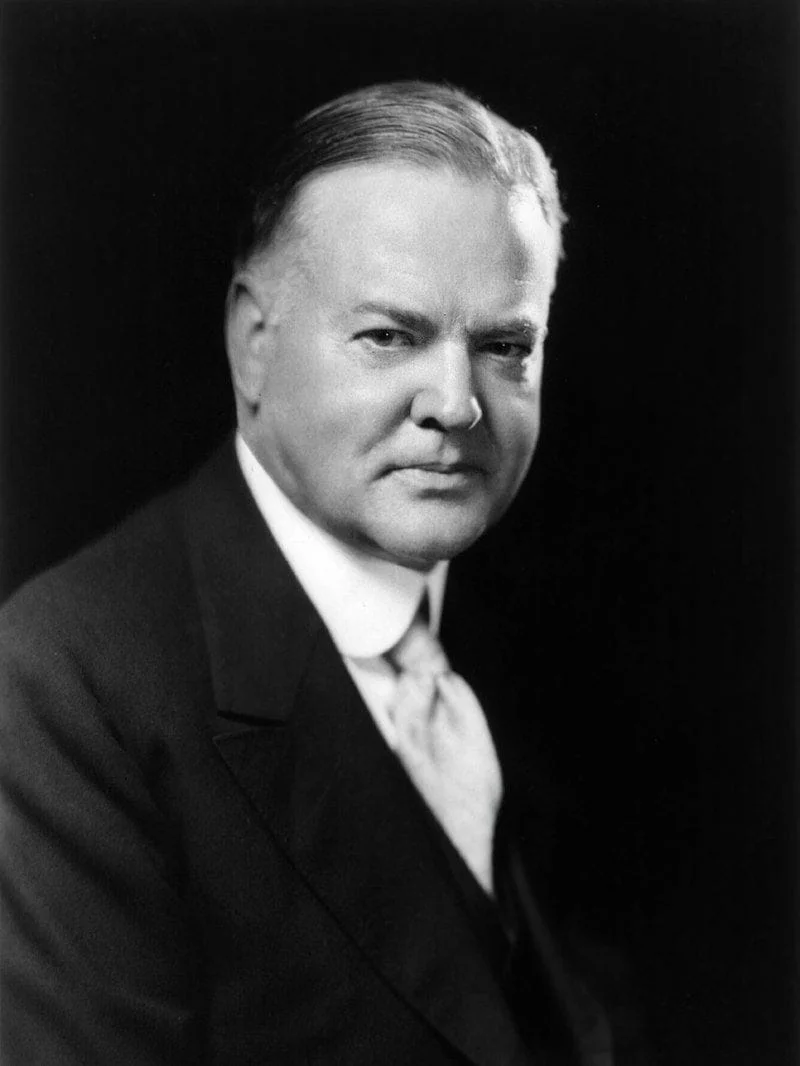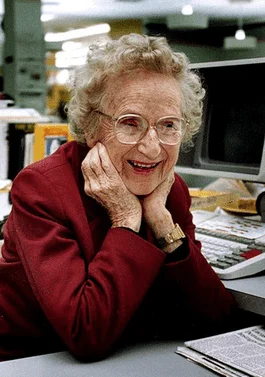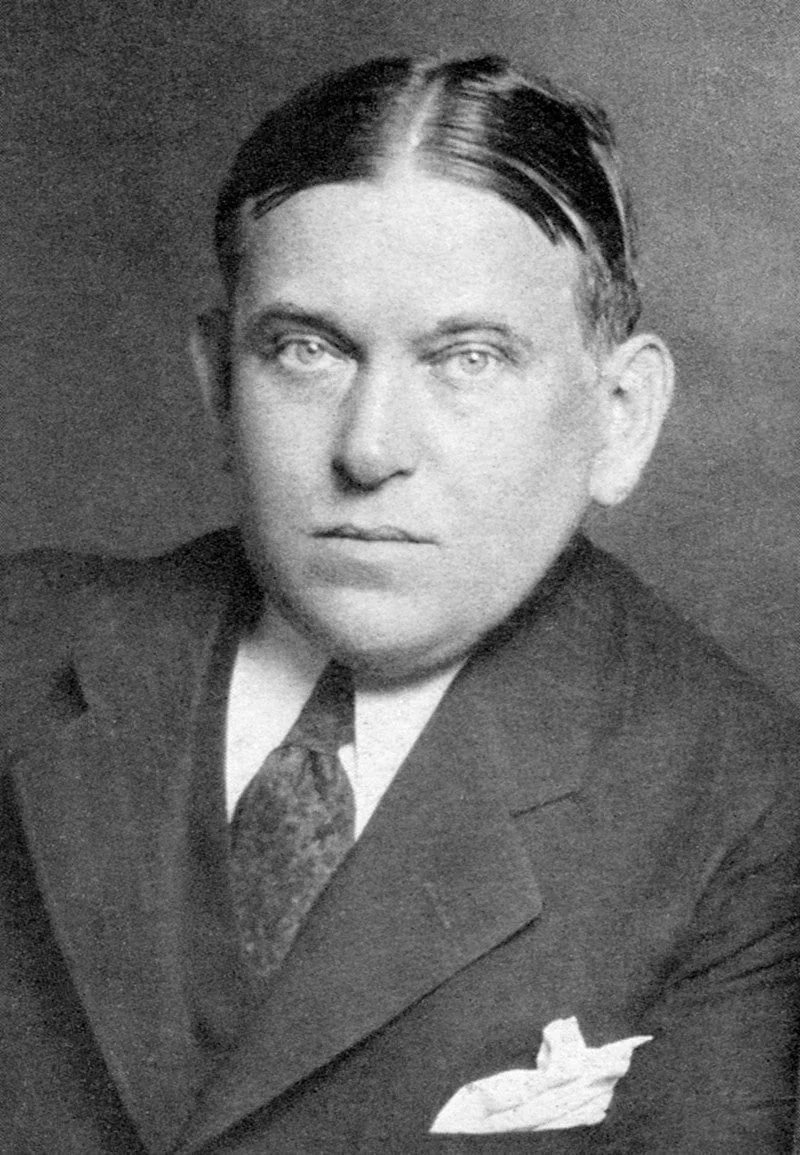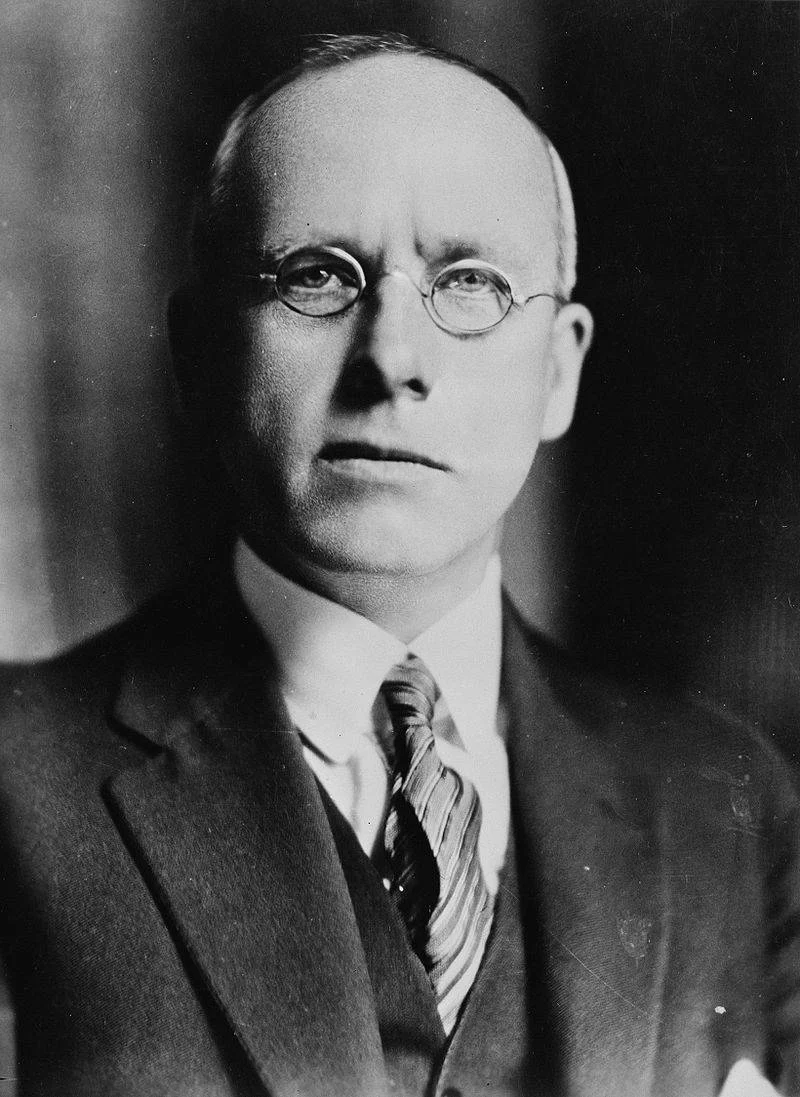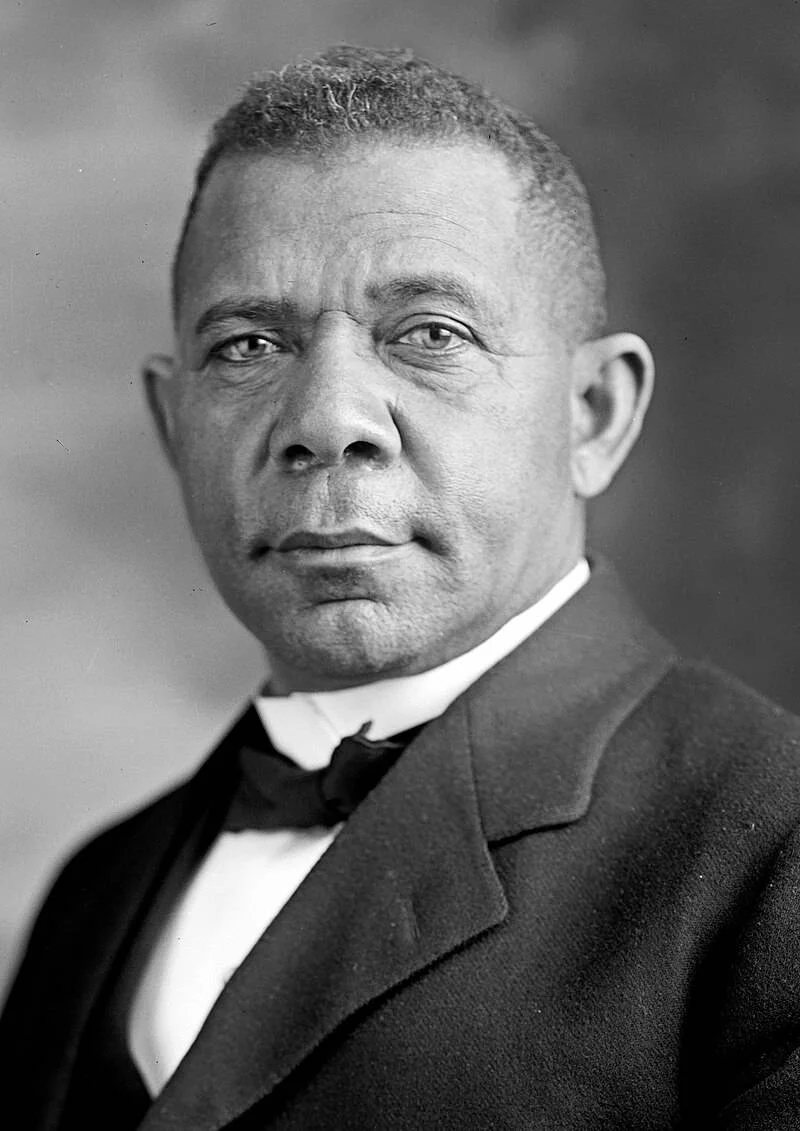Real Celebrities Never Die!
OR
Search For Past Celebrities Whose Birthday You Share

wikimedia.org
Benito Mussolini
Birthday:
29 Jul, 1883
Date of Death:
28 Apr, 1945
Cause of death:
Execution
Nationality:
Italian
Famous As:
Politician
Age at the time of death:
61
Benito Amilcare Andrea Mussolini's Quote's
Benito Mussolini: Early Life and Family Background
Benito Amilcare Andrea Mussolini arrived on July 29, 1883, in the quiet little town of Predappio in northern Italy, growing up to become one of the 20th century’s most debated figures. Known as Il Duce, (“The Leader”), Mussolini climbed from modest roots to lead Italy as its first fascist dictator, leaving a legacy tangled with ambition, iron-fisted rule, and heartbreak. Born into a home buzzing with political energy, Mussolini was shaped by his parents’ clashing beliefs. His dad, Alessandro, was a socialist blacksmith fired up with revolutionary dreams, while his mom, Rosa Maltoni, was a devout Catholic who taught school. These opposing forces colored young Benito’s outlook. Alessandro picked the name Benito to honor Mexican reformer Benito Juárez, tossing in middle names after Italian socialists Andrea Costa and Amilcare Cipriani. Money was tight, but the family pushed education hard. Benito, though, was a handful—kicked out of several schools for rough behavior before finally snagging a teaching diploma in 1901.
Formative Years and Political Awakening
Mussolini’s early years were soaked in his father’s socialist ideas. By 17, he’d joined the Socialist Party and started scribbling for their papers. Hungry for more, he headed to Switzerland in 1902, diving into the works of thinkers like Karl Marx and Friedrich Nietzsche. Those ideas lit a spark in him, convincing him that force and control were the keys to political change. Back in Italy by 1904, he did a quick stint in the army before settling back into teaching and writing.
Personal Life
Mussolini’s personal world was as stormy as his political one. In 1915, he wed Rachele Guidi, a hometown girl who’d been by his side for years. Their marriage held strong through his wandering eye and the chaos of his career. They raised five kids together—Edda, Vittorio, Bruno, Romano, and Anna Maria. Rachele stuck with him to the end and even penned a book about him later on.
Professional Career and Rise to Power
World War I flipped Mussolini’s path upside down. Once a die-hard socialist, he split from the party when he backed Italy joining the fight. In 1919, he launched the Fascist Party, pitching nationalism and a strong hand as the fix for Italy’s post-war mess. With his Black Shirts—a crew of paramilitary toughs—he scared off rivals and won over restless vets and middle-class folks. Come October 1922, with Italy in a tailspin, Mussolini pulled off the bold March on Rome. King Victor Emmanuel III handed him the prime minister gig at just 39, making him the youngest ever in Italy. In a few short years, he tore down democracy, crowning himself dictator by 1925. His Italy saw big shifts: new roads and bridges popped up, rival parties got crushed, and propaganda painted him as the nation’s hero.
Contributions and Impact
Mussolini’s stamp on Italy was huge but split opinions down the middle. He turned the country into a one-party show, tightening his grip while silencing anyone who disagreed. His dreams didn’t stop at Italy’s borders—he wanted an empire like Rome’s glory days. In 1935, he stormed Ethiopia, a ruthless move that got the world’s scorn but fired up his fans at home. When World War II hit, he teamed up with Hitler’s Nazi Germany. But battlefield flops laid bare his regime’s cracks. By 1943, the king had him ousted and locked up. German troops sprang him free, propping him up as head of a shaky Italian Social Republic in the north, though his clout was fading fast.
Death and Legacy
As the war wound down in April 1945, Mussolini tried bolting to Switzerland with his mistress Claretta Petacci. Partisans nabbed them near Lake Como, and on April 28, 1945, they were shot dead in Giulino di Mezzegra. Their bodies ended up strung up in Milan’s Piazzale Loreto—a brutal end to his fascist reign. Mussolini’s story still stirs up arguments. Some see him as a bold fixer of a broken time; others blame him for dragging Italy into tyranny and ruin. His grave in Predappio draws neo-fascist visitors even now. Though some tried to resurrect his ideas after he was gone, democracy took root in Italy’s post-war years.
Name:
Benito Amilcare Andrea Mussolini
Popular Name:
Benito Mussolini
Gender:
Male
Cause of Death:
Execution
Spouse:
Place of Birth:
Predappio, Kingdom of Italy
Place of Death:
Giulino di Mezzegra, Kingdom of Italy (near Lake Como)
Occupation / Profession:
Personality Type
Commander Bold, imaginative and strong-willed leaders, always finding a way – or making one. Mussolini’s bold leadership, grandiose vision for Italy, and manipulative propaganda skills suggest a commanding, ambitious personality, though distorted by arrogance and authoritarianism.
After a series of military defeats, Mussolini was deposed in 1943. In 1945, while attempting to flee Italy, he was captured and executed by Italian partisans. Mussolini’s rule left Italy with a legacy of dictatorship, propaganda, and war, but he also transformed infrastructure and industry, leaving behind a deeply divisive historical memory.
In 1922, Mussolini and his supporters staged the March on Rome, a mass demonstration that forced King Victor Emmanuel III to appoint him as Prime Minister.
Benito Mussolini was an Italian politician and dictator who created the ideology of Fascism and ruled Italy as Prime Minister from 1922 to 1943.
Mussolini forged a close alliance with Adolf Hitler, leading Italy into World War II on the side of Nazi Germany and the Axis powers.
Negotiated the Lateran Treaty with the Vatican (1929), creating Vatican City.
Founded the National Fascist Party (1919).
Conquered Ethiopia (1936), expanding Italy’s empire.
Received the Order of the Bath from Britain (1923, revoked 1940).
Became Prime Minister of Italy in 1922, later dictator.



